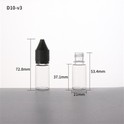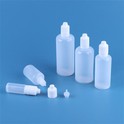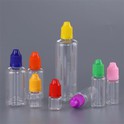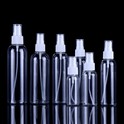Reduce, reuse, and recycle has been a national mantra for decades. In an effort to shrink our collective carbon footprint, consumers often reuse plastic water bottles.
But is this a safe practice? The answer isn’t black and white.
In this article, we’ll look at the types of plastics used to hold water and other beverages. We’ll also look at the chemicals those bottles may be leaking when reused, and best use options.
What are plastic bottles made of?
Plastic bottles are made from a variety of resins and organic compounds that can be manufactured into synthetic polymers.
Plastic bottles have a recycling code imprinted on them. This code tells you what type of plastic they’re made from.
Plastic codes range from numbers 1 to 7. These designations are designed to help with batch sorting during recycling:
Why plastic bottles are bad for our environment
The United Nations estimates around 300 million tons of plastic is manufactured each year. Of that number, more than 8 million tons finds its way into our oceans. There it contaminates coral reefs and kills mammals, fish, and seabirds, who mistake plastics for food.
The manufacturing process for all types of plastic requires vast amounts of energy. Plus, it emits toxins and pollutants into the air, water, and ground water. This contributes to global warming and increases the planet’s toxic load, affecting humans and animals.
Plastic bottles litter our streets, marring the national landscape. They choke our landfills, taking centuries to decompose. If they’re incinerated, they release toxins into our environmentTrusted Source that contribute to health and environmental problems.
When you factor in that most plastic bottles are designed for one-time use, the solution is clear: Use fewer plastic bottles. Swap them out for permanent solutions that won’t cause the same level of harm to our environment.






